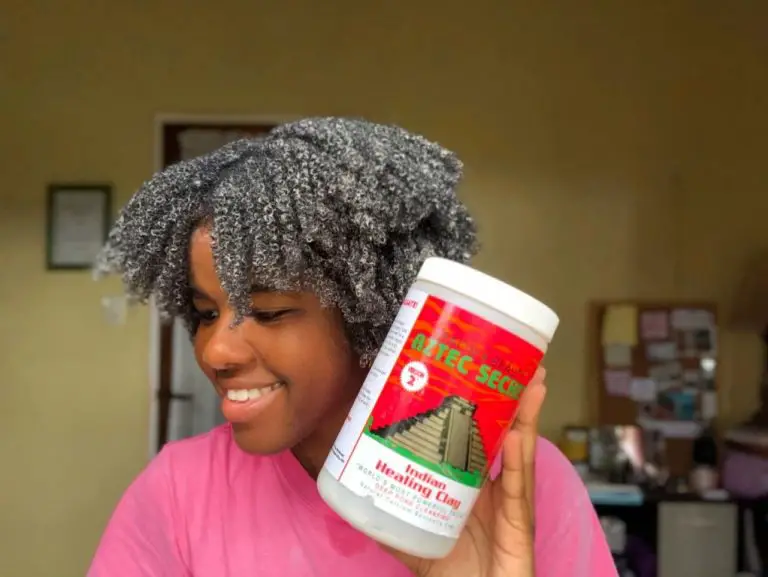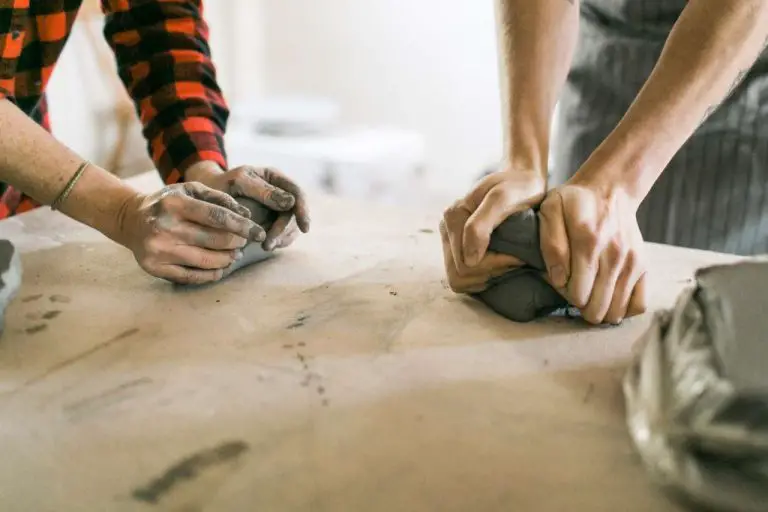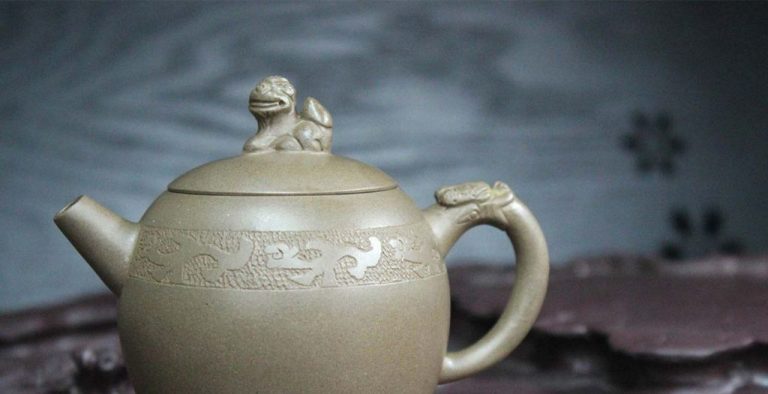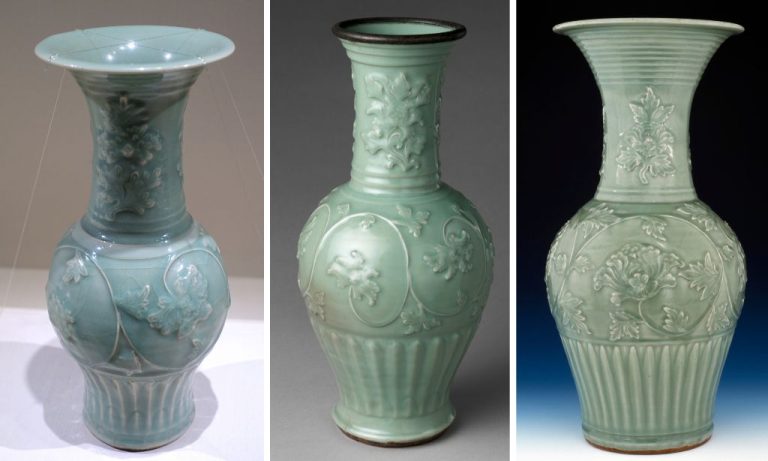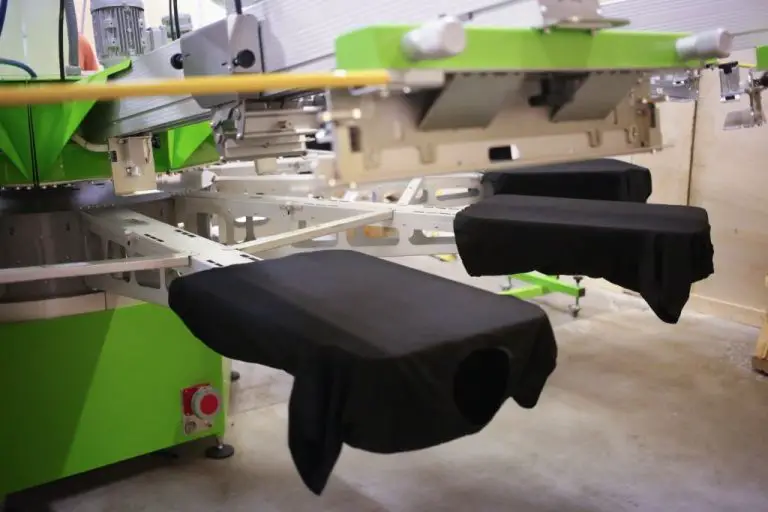Is Oven Bake Clay Heat Safe?
What is Oven Bake Clay?
Oven bake clay, also known as polymer clay, is a type of modeling clay that cures and hardens when baked in a regular home oven. It is made from polyvinyl chloride (PVC), which allows it to be shaped when raw and maintain its form once baked.
There are several types of oven bake clay:
- Polymer clay – Made from PVC and plasticizers. The most common and versatile type.
- Air-dry clay – Made from natural materials like cornstarch and minerals. Air dries without baking.
- Paper clay – Polymer clay mixed with cellulose fiber from paper. Lightweight when dry.
- Cold porcelain – Non-toxic, translucent clay made from cornstarch and glue.
The main ingredients in oven bake polymer clay are:
- PVC resin – Provides structure and plasticity when raw.
- Plasticizers – Keeps the clay malleable before baking.
- Filler – Materials like chalk or clay to modify texture.
- Pigments – Added for color.
Key properties that make oven bake clay ideal for modeling and baking into permanent structures are its moldability when raw and its hard, durable finish when cured in the oven.
How Oven Bake Clay is Made
The main ingredients in oven bake clay are polyvinyl acetate (PVA) and kaolin. PVA is a synthetic polymer resin that provides flexibility, while kaolin is a type of clay that gives the material its sculpting properties. These ingredients are combined with plasticizers, stabilizers, and pigments or dyes to create the final oven bake clay product.
The manufacturing process starts by measuring and mixing the raw ingredients into a dough-like consistency. This clay dough is then conditioned under heat and pressure to homogenize it. It may also be run through an extruder to create a consistent thickness. The conditioned dough is then molded into blocks or other shapes.
There are a few variations in production methods depending on the specific type and brand of oven bake clay:
- Polymer clay is made with PVA as the main binder. It requires baking at 275°F for 15 minutes per 1/4 inch thickness.
- Air dry clay uses cellulose instead of PVA so it can set without baking.
- Paper clay incorporates cellulose fiber for strength and is dried at lower temperatures around 200°F.
- Cold porcelain clay is non-toxic and bakes at 135°F, but it’s more delicate and prone to cracking.
Despite the differences, all oven bake clay products go through a heat treating process to permanently harden and set the shape. The baking temperature and time varies based on the clay composition and thickness of the piece.
Using Oven Bake Clay
Oven bake clay, also known as polymer clay, is very versatile while in its raw form. It can be shaped, molded, and sculpted into a variety of artworks and crafts before being hardened through baking. When raw, oven bake clay remains soft and pliable, allowing it to be stretched, twisted, rolled out, and molded into any desired form.
To permanently harden and set the clay, it needs to be baked in an oven. Baking causes the polymers in the clay to cross-link, transforming the raw clay into a strong, durable material. The required baking temperature and time varies based on the specific type and brand of oven bake clay being used. Most clays are baked between 130-150°C for 15 minutes to an hour. Always check the product instructions for the proper baking parameters.
After baking, oven bake clay becomes hard and rigid. The baking process allows the clay art to maintain its molded shape permanently. Baked clay items can then be painted, varnished, or left as-is. Proper baking helps maximize the durability and longevity of oven bake clay creations.
Is Oven Bake Clay Heat Resistant?
Oven bake clay is designed to be cured or hardened in a standard home oven. The baking process chemically alters the clay, making it denser and more durable. This also gives oven bake clay a degree of heat resistance that air dry clays do not have.
Once cured, oven bake polymer clay can generally withstand temperatures up to 135°C/275°F before softening. However, most crafters recommend keeping oven bake clay pieces under 110°C/230°F during regular use to prevent warping or other heat damage over time.
In comparison to metals like iron or ceramics such as porcelain, oven bake clay has moderate heat resistance at best. But it exceeds materials like plastic, wax, or unfired air dry clay. When used for decorative objects, light baking, or serving cool or room temperature foods, cured oven bake clay can hold up well to gentle heating. However, it cannot withstand prolonged high heat compared to purpose-made bakeware.
Oven Bake Clay Safety
When working with any crafting material, it’s important to consider safety. Oven bake clay raises some potential concerns, so let’s explore them.
One common question is whether oven bake clay is food-safe. The answer is no – oven bake clay is meant for arts and crafts projects, not for use with food. While cured clay is non-toxic, the porous nature of baked clay means it could harbor bacteria. Oven bake clay also contains traces of chemicals from production. For these reasons, don’t make oven bake clay food dishes or let children use clay projects as pretend food.
Another concern is potential lead content. Reputable clay brands test their products to ensure they meet safety standards and contain no dangerous levels of lead or other toxic materials. Major oven bake clay manufacturers comply with regulations like ASTM D-4236 and EN-71 to guarantee their clay is safe for all ages. Still, check for certifications before purchasing any clay.
When working with oven bake clay, take precautions like washing hands after use and keeping clay dust from being inhaled. Some individuals may have skin sensitivities to clay. Avoid getting raw clay in your mouth and don’t bake clay in the same oven used to cook food. Follow all label directions carefully.
Overall, reputable oven bake clay is non-toxic when used properly for arts and crafts. Just take reasonable safety measures, especially when children are involved. With some basic precautions, oven bake clay can be worked safely and make wonderful decorative or artistic projects.
Heat Resistance Testing
Oven bake clay manufacturers usually conduct official lab tests to determine the heat resistance range of their products. The testing involves shaping clay pieces, like small tiles or discs, and firing them at incrementally increasing temperatures in a kiln. The clay samples are checked frequently during firing for signs of scorching, melting, or other heat damage. The maximum temperature each piece withstands before deforming is recorded.
Most oven bake clays are tested up to temperatures between 265-325°F (130-163°C). Polymer clays specifically engineered for improved heat resistance, like Sculpey III, Premo! Sculpey, and Fimo Professional, tend to have maximum lab test ratings around 275-325°F. Basic clays like original Sculpey rate on the lower end, around 265°F.
Crafters can also do DIY experiments at home to test the heat range of their oven bake clay. Small clay pieces can be baked at incrementally higher temperatures and checked for signs of melting or scorching. It’s best to increase the temperature slowly, by 25°F intervals, while carefully observing the clay. DIY tests may show slightly varied results from official ratings, due to differences in kiln calibration, clay thickness, and firing duration. However, home experiments can provide a good indication of an oven bake clay’s functional heat resistance.
Comparison to Air Dry Clay
Oven bake clay and air dry clay have some key differences in their properties and intended uses. While both are modeling clays that can be molded when soft and cured to harden them, oven bake clay is specifically engineered to be durable at high temperatures while air dry clay is not.
Air dry clay is made from natural ingredients like cellulose or starch mixed with glue and hardeners. It cures through evaporation as the water content dissipates over several days. Air dry clay is therefore quite fragile and will burn or melt if subjected to high heat. It’s intended only for craft projects cured at room temperature.
Oven bake clay is made from synthetic polymer clays that cure through heating in an oven. The heat triggers a chemical reaction that hardens the clay into a strong, solid shape. Oven bake polymer clay is much more heat resistant than air dry clay, making it suitable for decorative objects, jewelry, and kitchenware that will be subjected to high temperatures.
In summary, air dry clay is best for simple crafts cured at room temperature while oven bake clay is better for detailed modeling and items that need to be durable with exposure to heat up to 275°F once cured. Consider the final use of the object when choosing which type of clay to use.
Oven Bake Clay Uses
Oven bake clay is a versatile material that can be used for a variety of purposes including cooking, baking, arts and crafts, and more. Here are some of the most common uses for oven bake clay:
Cooking, Baking, and Food Decoration
Oven bake clay is food-safe, making it a popular choice for baking and cooking applications. Many people use oven bake clay to make cake and cookie decorations, fondant accents, pie crust decorations, and more. When properly sealed and baked, oven bake clay can safely come into contact with food.
Oven bake clay is also commonly used to make cake, cookie, and candy molds. Molds made from oven bake clay maintain their shape through multiple uses while being safe for food contact after baking. Some people even use oven bake clay to create custom bakeware like mini pie pans or custom cookie cutters.
Arts, Crafts, Figurines, Jewelry
From miniature figures to bead jewelry, oven bake clay is ubiquitous in arts and crafts. Its versatility and ability to maintain detail makes it ideal for creating lifelike figures, jewelry pieces, holiday ornaments, and general craft projects.
When properly prepped and baked, oven bake clay creates durable finished pieces. Many crafters appreciate that unlike air dry clay, oven bake clay does not need to air dry for hours or days before baking – meaning projects can be completed relatively quickly.
Industrial and Commercial Applications
Oven bake clay has a variety of industrial and commercial uses including creating prototypes, casting molds, fixturing, insulation, and more. Its ability to withstand high temperatures makes it useful for foundry and metal casting applications.
Some oven bake clays can also be used to create refractory ceramic fibers for insulating furnaces and other high temperature equipment. The material is also used in construction applications such as creating fixtures or molds.
Pro Tips for Working with Clay
Clay can be finicky to work with, but following best practices will help you achieve great results. Here are some pro tips for working with oven bake clay:
Storage and Preparation
Store your clay sealed in an airtight container or plastic wrap to prevent drying out. Knead the clay before using to make it smooth and pliable. If it has dried out slightly, letting it rest between damp paper towels can restore moisture.
Achieving Best Results for Baking
Read the packaging for the clay’s ideal baking temperature and times. Baking at the right temp is key – too low and clay won’t harden fully, too high and it may burn or scorch. Let clay cool completely before handling after baking. Use foil or parchment paper to prevent sticking.
Troubleshooting Cracks, Breakage, and Other Issues
Cracks and breakage can happen if clay is under-baked, baked too quickly, or stressed while soft. Let your project dry fully before baking to prevent trapped moisture from turning to steam. Avoid thin or spindly shapes that can droop or collapse while baking. Reinforce weak areas with baked clay pieces or wire.
Oven Bake Clay FAQs
Oven bake clay, also known as polymer clay, is a very popular modeling and sculpting material. However, there can be some confusion around whether it is safe to use in high heat applications like baking and cooking. Here are answers to some of the most frequently asked questions about oven bake clay heat resistance:
Is oven bake clay food-safe?
Standard oven bake clays are not food-safe and should not come into direct contact with food. The clays contain plasticizers and other chemicals that could leach into food when heated. It’s best to avoid using oven bake clay for baking, cooking, or storing food.
Can you put oven bake clay in the oven?
Yes, oven bake clay is designed to be cured in a standard kitchen oven at relatively low temperatures, usually 130-150°C or 275-300°F. This helps set and harden the clay by activating the plasticizers. However, once cured, oven bake clay items should not be reheated in the oven.
Is cured oven bake clay heat resistant?
While oven bake clay can withstand the initial baking process, fully cured pieces are generally not resistant to prolonged high heat exposure. The plasticizers allow the clay to be flexible when raw but also limit its heat tolerance when cured. Don’t leave cured clay items in very hot ovens or expect them to be as heat resistant as ceramics.
How does oven bake clay compare to air dry clay?
Air dry clay contains no plasticizers, so it is more heat resistant when cured. However, it takes much longer to dry and harden at room temperature compared to oven bake clay. For heat resistance, air dry clay is a better choice, but oven bake offers more flexibility and faster curing times.
What about using clay for baking pans or dishes?
It’s not recommended to use oven bake clay for any items intended to actually bake or cook food at high heat, like baking pans. The plasticizers can leach into food, and the clay will likely warp or crack under prolonged heat exposure. For this use, clay marketed specifically as high-fire clay designed for kiln firing at over 1000°F would be safer.


